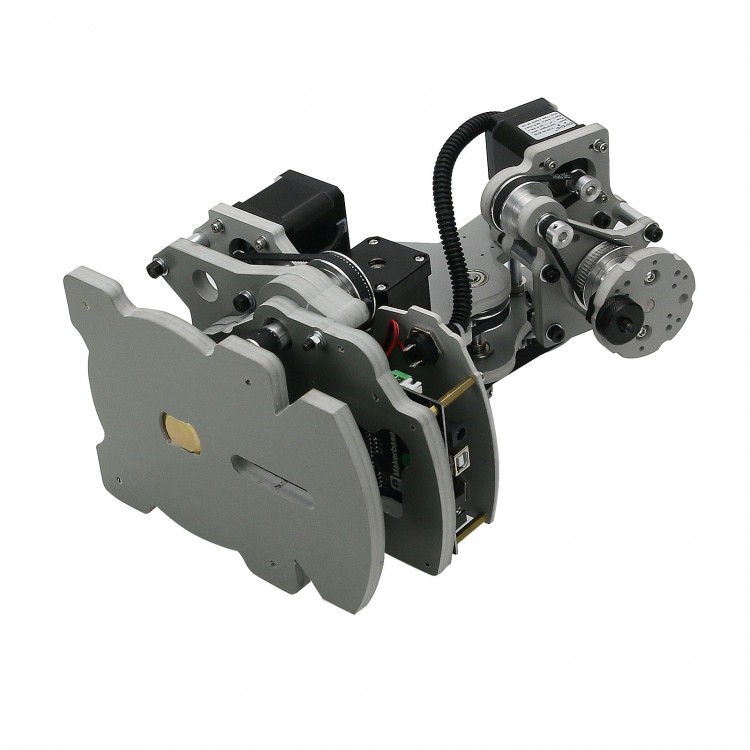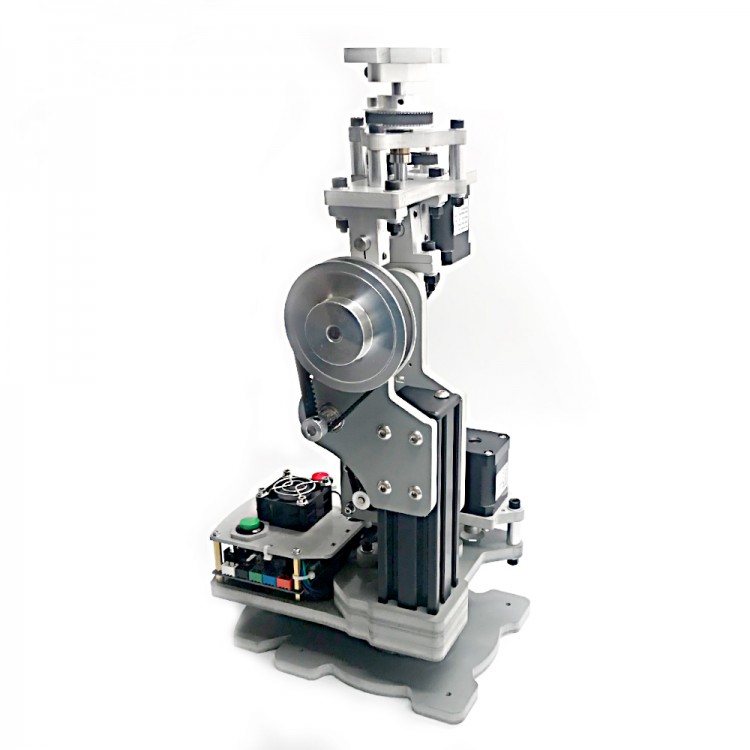

Let’s take a look at both of them: G Commands In the G-Code programming language, we have two types of commands the G command and the M command. Let’s go through some common notations in G-Code and what they mean. In situations like this, knowledge of G-Code can come in handy to help accomplish the task. But sometimes, situations can arise where a user might need to tweak or modify some print settings that can only be found in the printer’s G-Code profile. How Do You Translate & Understand G-Code?Īs we said earlier, most of the time, regular users might not even need to edit or modify the G-Code.
G CODE ZERO AXIS SOFTWARE
These 3D models are put through a slicer software to convert into G-Code files which 3D printers can understand. The main file that 3D models are made from are STL files or Stereolithography files. Yes, all 3D printers use G-Code, it is a fundamental part of 3D printing. The slicer transforms the STL file into lines of code that tell the printer what to do at every point throughout the printing process. It is created from the 3D model’s STL file using a program known as a “Slicer”. It controls the extrusion speed, fan speed, heated bed temperature, print head movement, etc. G-Code is a programming language containing a set of commands for controlling virtually all of the printer’s print functions. – Not only does g-code not care about spaces, it doesn’t care about any white space.6.3 gCode Viewer What is G-Code in 3D Printing? Any time you enter a negative Z value, be in the habit of checking carefully that the feedrate is set properly and that you really do want to put the cutter into the material at that location. So, that Z-0.5 commands the tool to feed downward half an inch into the material. – By convention, we often run our cnc router machines with Z=0.0 corresponding to top of material. So, to plunge down from our last move at a feedrate of 5 inches per minute to a depth of 1/2″ after our last MDI command we’d enter something like this at the MDI prompt: It’s slow enough you have plenty of time to react and fast enough so you don’t grow too old waiting. I consider that to be my “rapids” speed for MDI work. When I am just moving the tip around in air, I generally will use “F100” as the rate I move. This is the g-code needed to set your feedrate.įor example, on a machine using Imperial units, “F100” tells the machine to move at 100 inches per minute.

Hence, we call it the “F-word” because it uses the letter “F”. The word is the letter and the address is the number that follows. In g-code we refer to words and addresses. Many CNC’ers just always use a leading zero because the next machine they use may require it. If things act odd, be sure to check on that for your machine. – The g-code dialect will determine whether you need that leading zero or could write “G1” and whether you need a decimal point no matter what like “X0. If it moves the opposite of what you’d expect and you’re at all close to anything, you may crash into it. As you can imagine, it’s extremely important to get used to which way the spindle will move, up or down, based on your commands. – The Z-axis is positive in the “up” direction.

You could’ve also typed (and you will often see in programs) this: G01 X0Y0Z0.8 You can see how that would move to X = 0, Y=0, and Z=0.8. Some things to take note of: You want to move the cutter tip to that location, but a little above the work as you’re not ready to cut yet.

For example, you have a piece of material, and the top left corner is at 0, 0, 0. It causes the machine to move in a straight line based on the coordinates you enter afterward. G01 is the very first g-code you should learn on cnc router machine as it is the one you’ll use the most.


 0 kommentar(er)
0 kommentar(er)
